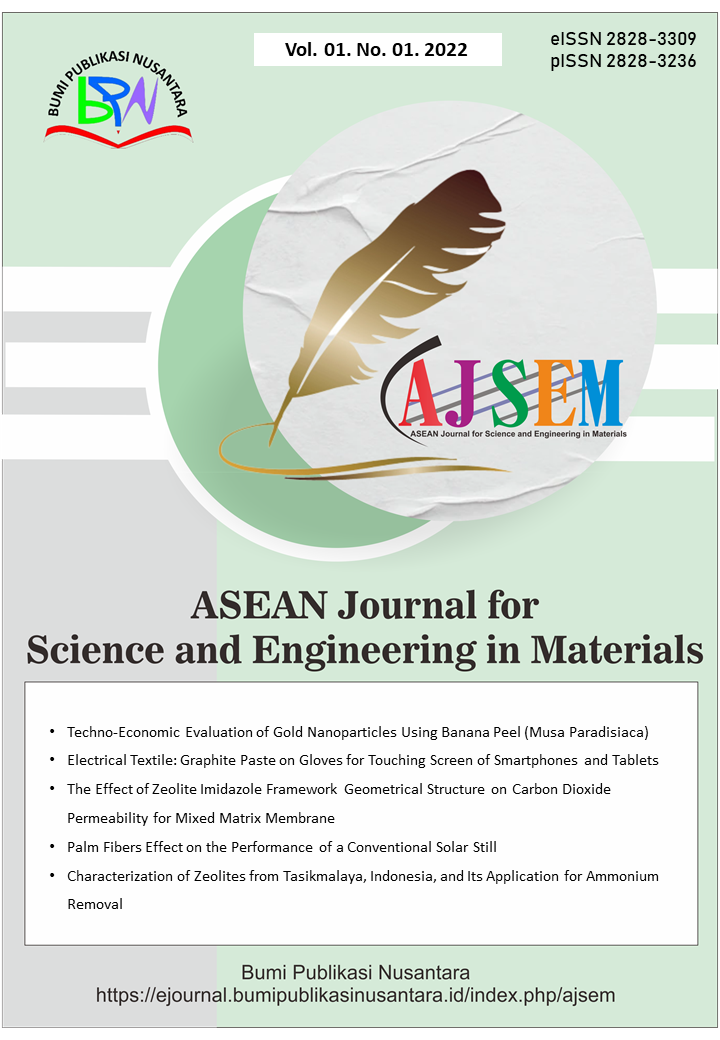Nature of Precipitation Resulted from Intravenous Drugs Incompatibility
 ), Patrick A. Ball(2), Ross A. Kennedy(3),
), Patrick A. Ball(2), Ross A. Kennedy(3),
(1) Universitas Islam Indonesia
(2) University of Wolverhampton
(3) Charles Sturt University
 Corresponding Author
Corresponding Author
Abstract
Keywords
References
Benlabed, M., Perez, M., Gaudy, R., Genay, S., Lannoy, D., Barthelemy, C., and Decaudin, B. (2019). Clinical implications of intravenous drug incompatibilities in critically ill patients. Anaesthesia Critical Care & Pain Medicine, 38(2), 173-180.
Christensen, M. L., Zareie, P., Kadiyala, B., Bursac, Z., Reed, M. D., Mattison, D. R., and Davis, R. L. (2021). Concomitant ceftriaxone and intravenous calcium therapy in infants. The Journal of Pediatric Pharmacology and Therapeutics, 26(7), 702-707.
Doessegger, L., Mahler, H. C., Szczesny, P., Rockstroh, H., Kallmeyer, G., Langenkamp, A., and Famulare, J. (2012). The potential clinical relevance of visible particles in parenteral drugs. Journal of Pharmaceutical Sciences, 101(8), 2635-2644.
Febres-Aldana, C. A., and Howard, L. H. (2018). Fatal Sickling Triggered by Massive Foreign Particle Embolism: A Case Report of Unrecognized Indwelling Venous Catheter Drug Abuse in Sickle Cell Disease. The American Journal of Forensic Medicine and Pathology, 39(2), 152-156.
Hanifah, S., Ball, P., and Kennedy, R. (2018). Medication incompatibility in intravenous lines in a Paediatric Intensive Care Unit (PICU) of Indonesian hospital. Critical Care & Shock, 21(3), 114-123.
Hanifah, S., Maulidani, Y., Nugroho, B. H., and Sari, C. P. (2019). All-in-one versus lipid-free parenteral nutrition for premature infants: visual, pH, and particle size analyses. Nutricion Hospitalaria, 36(6), 1-4.
Hanifah, S., Maulidani, Y., Nugroho, B. H., and Sari, C. P. (2021). Provision of standardized all-in-one parenteral nutrition (AIO-PN) for very preterm neonates: Evaluation at room and cold temperatures. Journal of Pharmacy and Bioallied Sciences, 13(1), 26-30.
Hanifah, S., Nugroho, B., and Chabib, L. (2020). Compatibility of acetaminophen with central nervous system medications during simulated Y-site injection. Anaesthesiology Intensive Therapy, 52(1), 23-27.
Hantrakool, S., Kumfu, S., Chattipakorn, S. C., AND Chattipakorn, N. (2022). Effects of particulate matter on inflammation and thrombosis: past evidence for future prevention. International Journal of Environmental Research and Public Health, 19(14), 8771.
Jack, T., Brent, B. E., Boehne, M., Müller, M., Sewald, K., Braun, A., Wessel, A., and Sasse, M. (2010). Analysis of particulate contaminations of infusion solutions in a pediatric intensive care unit. Intensive Care Medicine, 36, 707-711.
Koller, A. K., Krebs, S., and Dörje, F. (2020). Medication safety in intravenous therapy: a compatibility study of clonidine with drugs frequently used in intensive care. Pharmaceutics, 13(1), 21.
Langille, S. E. (2013). Particulate matter in injectable drug products. PDA Journal Pharmaceutical Science and Technology, 67(3), 186-200.
Licina, D., Bhangar, S., Brooks, B., Baker, R., Firek, B., Tang, X., and Nazaroff, W. W. (2016). Concentrations and sources of airborne particles in a neonatal intensive care unit. PloS One, 11(5), e0154991.
Liu, F., and Hutchinson, R. (2024). Visible particles in parenteral drug products: A review of current safety assessment practice. Current Research in Toxicology, 7, 100175.
Marsilio, N. R., Silva, D. D., and Bueno, D. (2016). Drug incompatibilities in the adult intensive care unit of a university hospital. Revista Brasileira de Terapia Intensiva, 28, 147-153.
Molina, S. A., Davies, S. J., Sethi, D., Oh, S., Durand, N., Scott, M., and Clarke, D. (2022). Particulates are everywhere, but are they harmful in cell and gene therapies?. Cytotherapy, 24(12), 1195-1200.
Négrier, L., Martin Mena, A., Lebuffe, G., Odou, P., Genay, S., and Décaudin, B. (2021). Strategies to prevent drug incompatibility during simultaneous multi-drug infusion in intensive care units: a literature review. European Journal of Clinical Pharmacology, 77, 1309-1321.
van den Hoogen, A., Krediet, T. G., Uiterwaal, C. S., Bolenius, J. F., Gerards, L. J., and Fleer, A. (2006). In-line filters in central venous catheters in a neonatal intensive care unit. Journal of Perinatal Medicine, 34(1), 71-74.
Veggeland, T., AND Brandl, M. (2010). Evaluation of a simple method for visual detection of microprecipitates in blends of parenteral drug solutions using a focused (Tyndall) light beam. International Journal of Pharmaceutical Compounding, 14(1), 78-81.
Worthington, P., Gura, K. M., Kraft, M. D., Nishikawa, R., Guenter, P., Sacks, G. S., and Committee, A. P. S. (2021). Update on the use of filters for parenteral nutrition: an ASPEN position paper. Nutrition in Clinical Practice, 36(1), 29-39.
Article Metrics
Abstract View : 504 times
: 504 times Download : 368 times
Download : 368 times
Refbacks
- There are currently no refbacks.
Copyright (c) 2025 Bumi Publikasi Nusantara

This work is licensed under a Creative Commons Attribution-ShareAlike 4.0 International License.









